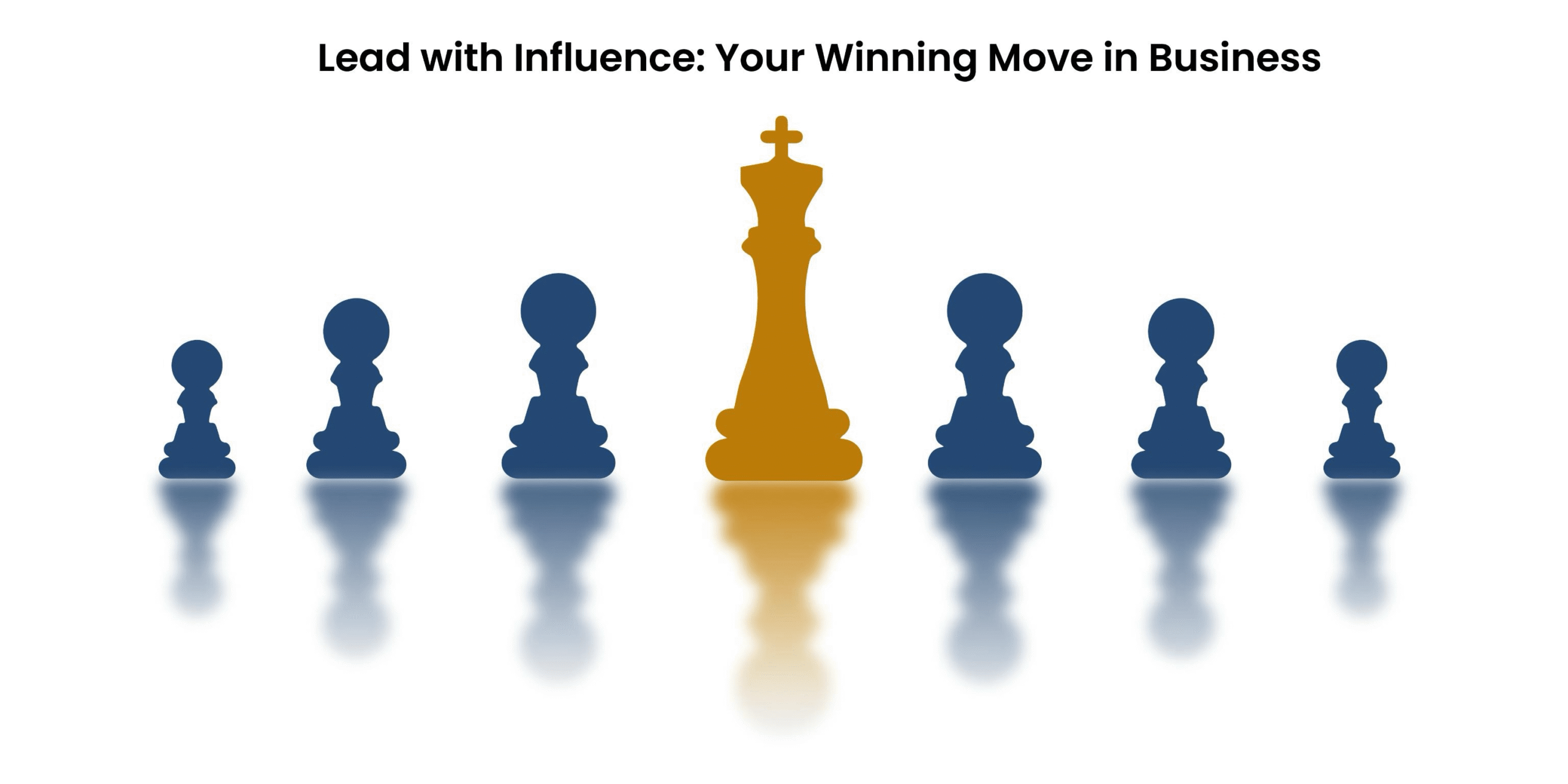
Building A Personal Brand for Entrepreneurs That Drives Business Growth
09 September 2025
- In B2B, buyers invest in leaders they trust, making a leader’s personal brand a key differentiator.
- A strong brand is built on clear positioning, value-driven content, consistency, and credibility signals.
- A trusted personal brand fuels leads and partnerships, and draws talent, turning reputation into a long-term business asset.
Panchalee Thakur
Your personal brand is your biggest unfair advantage.
Products can be copied. Services can be undercut. But your reputation as a leader? That cannot be replicated.
In the B2B space, deals are rarely impulse purchases. They are long, complex, and could be valued at millions of dollars. And when the stakes are that high, buyers are not just choosing a product; they are choosing a partner. They are betting on your judgment, your experience, and your ability to navigate complexity. In the end, they are investing in you.
That’s why personal branding, especially in the B2B world, has shifted from being a “nice-to-have” to being a strategic differentiator. Yet, many founders still resist building their personal brand, dismissing it as unnecessary self-promotion.
And this resistance is costing them millions.
In this article, we explore some practical personal branding tips for entrepreneurs—actionable tactics backed by global examples, stats, and scenarios you can apply to your own business journey. These strategies are distinct from developing an authentic brand voice for the organization.
First Impressions Happen Before First Meetings
Imagine you are a founder pitching a $2M SaaS implementation to a global bank. The CFO, risk-averse by nature, is already considering two other vendors. Your slide deck is tight, and even your demo is smooth. But before the board signs off, the CFO does what every buyer does: she Googles you.
- Do thoughtful LinkedIn posts appear where your sharp insights and commentaries show your clarity of thought and vision?
- Are there media mentions quoting you as an authority in your industry or subject area?
- Or is it just a bare-bones profile with nothing but a link to the corporate website and photos from a company retreat?
That single search can swing the deal.
According to a Brand Builders Group study, as many as 74% of American buyers are more likely to trust individuals with a well-established personal brand than companies without one. And in the B2B context, where mistakes cost millions of dollars, that trust becomes the filter through which every decision passes.
Consider Marc Andreessen, co-founder of Andreessen Horowitz, a Silicon Valley-based venture capital firm. Andreesen’s bold, often contrarian takes on technology and policy have made him one of the most followed and respected voices in Silicon Valley. By consistently sharing his perspective, he has grown not only his influence but also that of his VC firm.

B2B buyers today are skeptical of faceless corporate messaging. They have endless options, limited time, and expensive mistakes to avoid. They look for authentic leadership voices they can connect with. This is precisely why your personal brand becomes the deciding factor.
The Strategic Foundation: Three Pillars of B2B Personal Branding
Most entrepreneurs sabotage their personal branding before they even start. They confuse activity with strategy, jumping straight into content creation without establishing what they want to be known for.
Instead, here’s the framework that works:
Pillar 1: Define Your Unique Value Proposition
Clarity is the foundation of your personal brand. If you can’t explain what makes you different, your audience won’t be able to either. Make the unique value proposition the anchor that defines the expertise and experiences.
It is about what you bring to the table. It could be a proven method you have built, an outcome you have delivered consistently, or insights you gained from your own entrepreneurial journey.
For example, Neil Patel leaned into his niche—digital marketing education and data-driven growth strategies—while weaving in lessons from scaling multiple ventures. This made him the go-to voice for founders seeking to better understand marketing analytics.

Pillar 2: Master Your Whole Audience Ecosystem
In B2B, you are addressing not just customers but also winning over investors, employees, analysts, the media simultaneously.
Brian Chesky, co-founder of Airbnb, has mastered this art. For investors, he is a visionary who understands market trends. For employees, he is the culture-focused leader. For customers, he represents trust and innovation in the travel industry. For the media, he is the thoughtful CEO who articulates complex business strategies in simple terms.

Similarly, your content strategy must address different interest groups while maintaining consistent core messaging.
But, how do you do this as an entrepreneur?
Define what each group values
Investors want growth and foresight. Employees look for culture and purpose. Customers need trust and proof. The media wants stories.
Craft tailored messages
Explore different angles in the same story. Think of a product launch. What is in it for each target group? Customers care about business benefits. Investors want to know how it will impact revenue growth. Employees want to feel proud of the innovation and impact you are creating. And, while talking to the media, tailor the story depending on the publication’s readers.
Keep one thread consistent
No matter the audience, the messages convey the same core values of your brand. This prevents brand dilution and builds authenticity.
Pillar 3: Build Consistency Over Charisma
Charisma creates the first impression, but consistency builds reputation. Reputation isn’t built on one viral post or bold statement; it’s built on repeated signals of reliability.
Take Larry Fink, CEO of BlackRock. Since 2012, he has written annual “Dear CEO” letters, but his 2015 message urging leaders to focus on long-term value creation turned his letters into a global benchmark. Today, boardrooms worldwide wait for his perspective each year. His brand demonstrates how consistent, purpose-driven communication compounds into authority.

Every blog post, keynote, or investor update strengthens your positioning. Over time, this steady reinforcement makes your brand credible—a trait highly valued by investors, employees, and clients alike.
What Actually Moves the Needle
Too many founders or executives confuse visibility with impact. A million impressions don’t mean much if they don’t lead to conversations, deals, or partnerships.
Here are some concrete ways to build authority:
- Testimonials from clients
- Speaking at an industry forum or training/coaching others
- Being paid to consult or advise
- Media appearances as an expert
- Strong social media presence
In this hierarchy of trust signals, what rank high are results, referrals, and real-world impact.
Entrepreneurs must invest most of their energy in creating the kind of proof that lasts. Testimonials, case studies, and third-party recognition position them as experts.
The Value-First Content Formula
Audiences—whether they’re clients, investors, employees, or peers—gravitate toward voices that help them think differently, learn something new, or simply feel inspired.
The most effective way to do this is by grounding your content in your journey and perspective, not in status updates.
That could sound like:
- “What Losing My First Investor Taught Me About Resilience.”
- “The Leadership Habit That Quietly Doubles Team Productivity.”
- “3 Industry Shifts I’m Watching Closely (and What They Mean for Founders Like Me).”
Each piece adds value by being personal, insight-driven, and centered on your values or beliefs—something a press release or a corporate blog won’t cover.
Every post that you craft should go through this filter:
“Will this make my audience think, learn, or feel something valuable?”The goal is to show your expertise and leadership philosophy—two key components of your brand.
The Art of Selective Vulnerability
The challenge with authenticity is not whether to be open, but what to be open about. Too many leaders confuse “sharing everything” with “being real,” when in fact, the real power lies in curating the right stories—those that reveal lessons or insights.
Example:
“I once lost a $500K client because I assumed they understood our onboarding process. Here’s how we redesigned it to prevent future gaps. Since then, we’ve never lost a client to miscommunication.”
This story works because it balances vulnerability with authority. You reveal a mistake, but you frame it as learning that your audience can use.
When Crisis Strikes: Your Brand’s Ultimate Test
What happens when you face an unforeseen crisis that tests your leadership in real-time?
No entrepreneur escapes setbacks. What defines your brand is how you respond.
Let’s consider a scenario:
You’re a cybersecurity consultant. A recommended update causes outages at client sites, costing them millions of dollars.
- First 2 hours: “I take full responsibility for today’s outage. My team is working directly with each client, and we’ll give regular updates until the issue is resolved.”
- During resolution: Share progress, resources deployed, and realistic timelines, without jargon or excuses.
- Post-crisis: Publish a transparent report outlining causes and fixes.
Handled this way, a crisis doesn’t just preserve trust; it can enhance it. Clients see accountability, maturity, and resilience.
Turning a Personal Brand Into Growth Engines
Done right, your personal brand fuels three growth engines that compound over time.
- Direct Leads – Prospects who find you organically and reach out.
- Partnerships – Industry peers see you as valuable collaborators.
- Talent Attraction – The best people want to work with leaders who stand for something.
When your content consistently demonstrates expertise, prospects begin to approach you instead of the other way around. When peers in your industry view you as a credible authority, collaboration opportunities surface—co-hosted events, joint research, or bundled solutions that expand reach. And when employees or candidates see your leadership philosophy reflected in your brand, they want to be part of your journey.
That’s the compounding effect of a personal brand.
Common Mistakes to Avoid
Even the most well-intentioned leaders can undermine their personal brand by falling into predictable traps. Avoiding these can save you years of effort and credibility.
1. Treating it as a campaign, not a practice
A few posts or interviews won’t build authority. Branding is not a launch—it’s an ongoing commitment. Sporadic efforts signal inconsistency, which erodes trust.
2. Confusing activity with impact
Posting frequently isn’t the same as building authority. A flurry of updates without a clear narrative feels like noise. Impact comes from thoughtful, aligned messages that reinforce what you want to be known for.
3. Ignoring the “offline” brand
Your stage presence, boardroom demeanor, and even how you handle emails all reinforce (or weaken) your personal brand. Online visibility means little if it doesn’t align with how you show up in person.
4. Over-optimizing for algorithms
Trends change, but substance lasts. Building only for reach—without offering depth—may get you visibility, but it won’t sustain credibility.
It’s Time To Be Inevitable
In an age of information overload, your personal brand is no longer optional. It’s your differentiator and value amplifier.
The question isn’t whether you have a personal brand. You already do. The question is whether you are intentionally building it or letting others define it for you. If you are ready to transform your personal brand into a powerful business growth driver, consider partnering with experts who understand the unique dynamics of B2B personal branding.
At Purple Iris Communications, we help entrepreneurs and executives develop authentic, results-driven personal brands that create lasting value.
